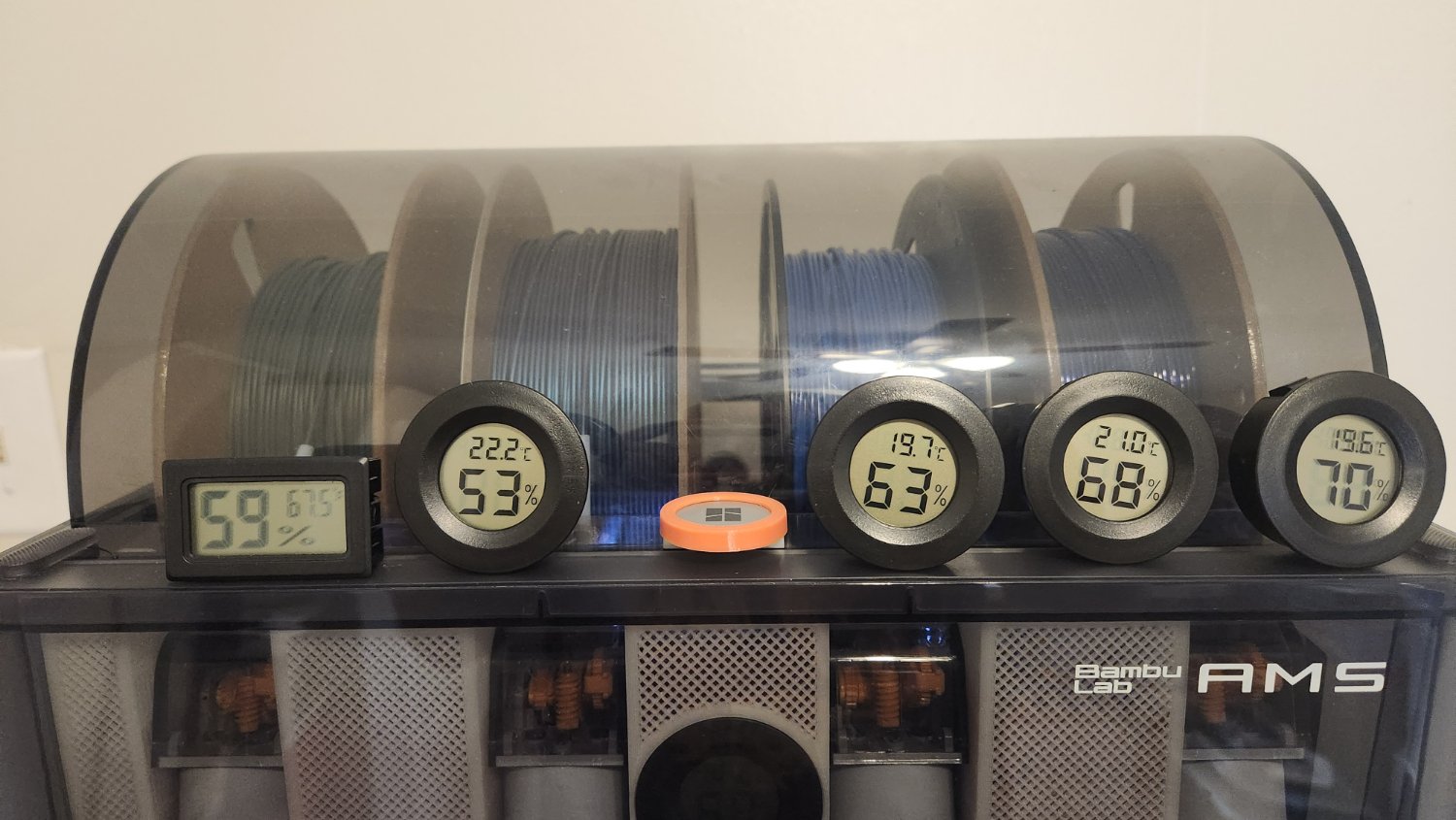3DPrinting
3DPrinting is a place where makers of all skill levels and walks of life can learn about and discuss 3D printing and development of 3D printed parts and devices.
The r/functionalprint community is now located at: or [email protected]
There are CAD communities available at: [email protected] or [email protected]
Rules
-
No bigotry - including racism, sexism, ableism, homophobia, transphobia, or xenophobia. Code of Conduct.
-
Be respectful, especially when disagreeing. Everyone should feel welcome here.
-
No porn (NSFW prints are acceptable but must be marked NSFW)
-
No Ads / Spamming / Guerrilla Marketing
-
Do not create links to reddit
-
If you see an issue please flag it
-
No guns
-
No injury gore posts
If you need an easy way to host pictures, https://catbox.moe/ may be an option. Be ethical about what you post and donate if you are able or use this a lot. It is just an individual hosting content, not a company. The image embedding syntax for Lemmy is 
Moderation policy: Light, mostly invisible
view the rest of the comments

I've pretty much been running on the binary theory with the AMS sensor: anything but a 1 is too high. I guess I'm glad I didn't waste any money on those digital jobbies. I wonder if the old school analog style are better?
Yeah, that seems good enough for most people and I agree with using it instead of wasting the money on these even for a secondary check. I just wanted to track a new desiccant that doesn't indicate and see how it compares to cheap silica.
The old school probably would work better in that they are often adjustable or calibratable, and I feel like I'd trust them more than these to even accurately change with added humidity. I'm gonna end up using paper Testors cause those honestly seem the more reliable analog system.
The old horsehair types are pretty decent though not precision meters. The numbers will be completely off unless calibrated, but you can make multiple meters agree. Either way, you can see which days they take a massive dive.
Much the same as those bimetallic thermometers.